In this week’s edition, Starbucks Korea grapples with its literary namesake, a cartoonist shares what it’s like to see your work become a meme, and a cup of tea inspires both a reflection on the tangled web of history and a bright idea for the future. One thing we don’t touch on? The U.S. election. Enjoy the brief reprieve.
HISTORY
A bold vision for the future. A look into our turbulent past. In Ramya Yandava’s post, tea functions as time machine.
—Ramya Yandava in Soul-Making
In a year not far into the future, tea will come into our homes through pipes. One will have a little faucet by one’s nightstand; one only need place a mug under it, turn the tap, and the beautiful decoction, piping hot, perfectly brewed, Earl Grey or English Breakfast or Darjeeling or what have you, will come out, ready for milk, sugar, and immediate consumption. People could have such faucets installed in their kitchens, in their studies, by their desks, in their cozy reading nooks. In an age when it is possible for cars to parallel park without drivers and machines can pen (bad) Shakespearean sonnets, why someone has not yet seen to bringing this all-important invention, this crucial contrivance, this absolute necessity of modern life into reality mystifies me, truly.
…
Tea’s history is a tangled one. Look deeper into the murky dregs, and you will dredge up revolutions and wars, smugglers and thieves, fortunes and ruins. Its beginnings are shrouded in mists as fine as those that rise in the eastern blue hills where Camellia sinensis has been cultivated, grown, and picked for centuries. In the Yunnan province, where lush forests swathe China’s rugged borders with Laos and Myanmar, the fertile land watered by the Mekong River gives rise to seven tea mountains, still revered by the Dai and Bulang minorities. The leaves were first consumed for their medicinal properties, boiled with several other plants, seeds, barks, and leaves, then consumed alone, spreading to other provinces. First dried, charred, and then boiled, tea was a bitter drink; pounded, compressed into small baked cakes, from which pieces were chipped and steamed, it gained sweetness. Refinement of tea etiquette arrived with the Tang dynasty, who formalized tea gatherings, and highly ranked families all employed expert tea masters, following rituals like those codified in Lu Yu’s The Classic of Tea. Tea continued to spread, planting new rituals in Japan; the leaves began to be powdered and whisked into green froth; teapots, bowls, cups, saucers, and Europeans arrived.
Keep reading
PAINTING
MEMOIR
Bob Graham makes a convincing argument against keeping roosters—unless, that is, you’re looking for a good way to start a blues song.
—Bob Graham and daisy cashin in i hate these people
When a blues song opens with I woke up this morning, that’s how I know it’s going to be a great song. That’s how I know that the person singing really has the blues. The moment their brain came online, they felt like shit. I felt like singing the blues when I woke up today. It would go like this:
I woke up this mornin’/To a rooster crowing outside my door
I imagine I would sound like Howlin’ Wolf when I sang it, although I don’t sound anything like him. That’s why we all love Howlin’ Wolf so much. He’s the only one there has ever been.
Anyways, in my Howlin’ Wolf voice, I would sing about this rooster that keeps waking me up before it’s time to wake up. It belongs to my neighbours across the road. He was crying out in the stillness of daybreak, loud enough for our whole hamlet to hear. Some folks who have romantic ideas about living in the country think it’s a pretty cute idea to get woken up by the cries of a neighbourhood rooster, but please let me assure you, it is not. I hate roosters. Roosters and I go a long ways back. The hatred has been brewing for a while. I think these people think that a rooster crows once or twice in an act of good-willed courtesy, and then you rub your eyes with balled-up fists and take a big stretch and then whip your curtains open to greet the day, and everything works out with ease. It is not so. Roosters are persistent bastards, and they don’t know when to stop. They put their screams on a loop until they can’t do it anymore, which is going to last about thirty minutes longer than when you start imagining yourself stomping over there in the morning fog, clad in only your ginch, prepared to tussle with the demented, shrieking banshee of dawn. I would be singing my song the whole way over to the neighbour’s yard, Howlin’ Wolf cuttin’ through the fog and the dew. The rooster calling back to me the only way he knows how. It would be a sort of sonic, creeping call and response of crows and howls. Both of us communicating earnestly but without a desire for understanding. Each one bouncing off of the other as the distance between the two of us slowly fades down to one bit of disastrous ambient tension. The fog would conceal the refrain, the rising sun backlighting the affair. It would sound like this:
Yes, I woke up this mornin’/To a rooster crowing outside my door
Lord, if you don’t stop that little bird’s singing/I’ll make sure it don’t sing no more
This is not the first time I’ve dreamed of killing a rooster.
Keep reading
CARDS
POETRY
IT’S EASY TO FORGET WHERE YOU’VE BEEN
Because something happens then ends.
Then something else happens and you forget
what came before. You know how it is. Once,
you ate apples on the back porch, tossed
the cores into the wet grass. Once, you
rode horses to a lookout high in the mountains
into the underbelly of sky. Remember so-and-so?
Remember when it used to rain in winter?
Remember when you wore your hair short,
dyed pink, pierced your ears all the way up to the rim?
You were someone else, who had also been
someone else. And who will you be next?
Today I walked down the beach holding hands
with a man who used to be a microscopic dot.
Now he has a beard and plays guitar. I was
microscopic, too, but now someone says Danusha
and I say Yes? Temporary. One day, they will say Cloud,
and I will turn my head/not head in answer.
—Danusha Laméris in Poem Per Diem
PHOTOGRAPHY
TRADITION
Francesco Latino reflects on the joy of harvesting Sicilian olives the old-fashioned way, and considers what we lose when traditions fade.
—Francesco Latino in Project Home
Keep watching
CULTURE
In 2014, Grant Snider drew a comic depicting the types of conflict in literature and put it online. Over a decade later, it’s still being memed; you’ve probably seen some version of it floating around online. In this post, he writes about the experience of seeing his work take on a life of its own.
—Grant Snider in Incidental Comics
There’s not only Conflict in Daffy Duck. There’s Conflict in The Simpsons. SpongeBob. Seinfeld. Mad Men. Pixar. Even Kanye West.
And a slew of other games, shows, and movies I’m completely unfamiliar with.
I can see why this remixing works. The Conflict in Literature panels are like a Dungeons & Dragons alignment chart. (I’ve never played D&D, but I’m intrigued.)
I’m not sure how I feel about this literary re-appropriation. A tiny part of me wants to send a cease and desist to the entire internet. (Impossible, of course.)
A bigger part of me wants to make my own versions of the meme.
Conflict in Calvin & Hobbes? Conflict in Stranger Things? Conflict in the Wu-Tang Clan? Conflict in the Kansas City Chiefs?
That’s the deal with making art. Most of it will be forgotten.
But make enough good work, some may be lucky enough to live on. And often, in order to keep living, it will mutate into something weirder.
As much as an author wants to wield godlike control over their work, it’s impossible. Once a piece is out in the world, it’s out of the author’s hands.
Keep reading
LITERATURE
Last month, Starbucks Korea partnered with Penguin Books to put out a promotional book celebrating its 25th anniversary, called Moby Dick, Five Views. Learning this, Adam Mellion does what any writer would: pays a stranger in South Korea to go to a local branch, get the book, and ship it to him, and then proceeds to put all 135 pages through Google Translate. His goal was to see “how an entirely different culture not only approached the book, but explained it to others in their cultural context.” Here, he describes the third essay in the book, “See Moby Dick, Face Life” by Kim Young-min (김영민).
—Adam Mellion in All Visible Objects
Kim is described as a writer, a researcher of the history of thought, and a professor of political science and diplomacy at Seoul National University. His published work includes things like “History of Chinese Political Thought” but then also prose collections with titles like “It is Good to Think of Death in the Morning” and “Living as a Human is a Problem.” So you kind of get a sense of where he’s coming from.
Without any preamble, Kim’s essay begins with this attention-grabbing riff on Ishmael’s own self introduction, given the subtitle: “The time has come.”
The lyrics of the song say people are more beautiful than flowers. Lonely people say they miss the smell of people. Is that really true? Are people more beautiful than flowers? Are these vile people more beautiful than those flowers in full bloom? Do you miss the smell of people? Do you miss the smell of that dirty skin? Really? There will be times when you have such unpleasant thoughts in your life. There will be times when you feel sick and tired of something. It is time to read Herman Melville’s ‘Moby Dick’ while lying in the Dead Sea.
Kim’s thesis overall is that Moby-Dick is a book not just about self-destruction, but about intentionally heading toward self-destruction, something he sees being depicted by both Ahab and Ishmael. “It is about willingly going out to the ocean in search of the truth while enduring death rather than continuing to live amid unnecessary stimulation, anxiety, and confusion.”
Keep reading
PHOTOGRAPHY
FOOD
There’s something strangely mesmerizing about a poached pear—especially when they’re covered in a “light, ephemeral glaze,” as here.
— Edward Behr in The Art of Eating
Pears of nearly all varieties ripen off the tree, although they have to reach a certain maturity first. Once they’re picked, they benefit from some chilling, the length of time depending on the variety. Then they ripen at cool room temperature, becoming softer, juicier, less acidic, and more aromatic. They’re ready when their shoulders yield to moderate pressure (experience helps); a day later they may be overripe. For poaching, use them at least a day early. Among the more common varieties, I like Comice (though more than other varieties, a really ripe Comice becomes too soft when cooked). Depending on where you are, you may have to settle for the more easily found Bartlett (outside North America known as Williams or Bon Chrétien) or D’Anjou. I buy extra pears, let them ripen for a day or more as needed, and choose the best for poaching. Red-wine poached pears are bolder; the white-wine version shows more pear flavor. Serve the poached pears by themselves or with a cookie, a slice of cake (such as this torta di nocciole), or whipped cream.
Keep reading
PRIORITIES
Art & Photography: Luisa Fernanda, Catapult Contemporary Artists, María Vargas Aguilar, Bella Darden, Santi Araújo, Anna Klenkar
Video & Audio: Francesco Latino
Writing: Ramya Yandava, Bob Graham, daisy cashin, Poem Per Diem, Grant Snider, Adam Mellion, Edward Behr
 | | Boing Boing 5d We’re bringing the old weird internet to the future, where it belongs! Check out the ad-free version of Boing Boing right here on Substack. | | |
|
 | | Niall Ferguson 4d Studying history is the nearest thing to time travel we have. It was probably watching Doctor Who that got me into it. Unfortunately, historical understanding is in freefall these days. So I've decided it's time to open the doors of my Tardis. If you're interested in applying history to contemporary problems, subscribe to my Time Machine here: https://niallferguson.substack.com/ I'm launching Time Machine today with… | | |
|
 | | Oren Kessler 9d Welcome to my first Substack post! The occasion is the publication of my late grandfather’s newly published wartime diary: “A Doctor’s Memoir of the Romanian Holocaust.” I wrote about Romania’s “forgotten Holocaust,” and my memories of my grandfather Dr. Arthur Kessler, who was both a physician and a prisoner in Transnistria. Photo: With Radu Ioanid, historian and Bucharest’s ambassador to Israel… | | |
|
 | | Brooke Eliason 10d First substack officially published! | | |
|
 | | Tom Folsom 1mo Hey Substack, I’m Tom Folsom, a NYT bestselling crime writer, posting my first note to let you know about my newsletter Senators Don’t Kill - it’s a true crime dive into the American Underworld: the Mafia, the CIA, greatest "hits" and heists. Check it out if that’s your thing https://tomfolsom.substack.com | | https://tomfolsom.substack.com | | |
|
Inspired by the writers featured in Substack Reads? Creating your own Substack is just a few clicks away:
Start a Substack
Substack Reads is a weekly roundup of writing, ideas, art, and audio from the world of Substack. Posts are recommended by staff and readers, and curated and edited by Substack’s editors.
Got a Substack post to recommend? Tell us about it in the comments.
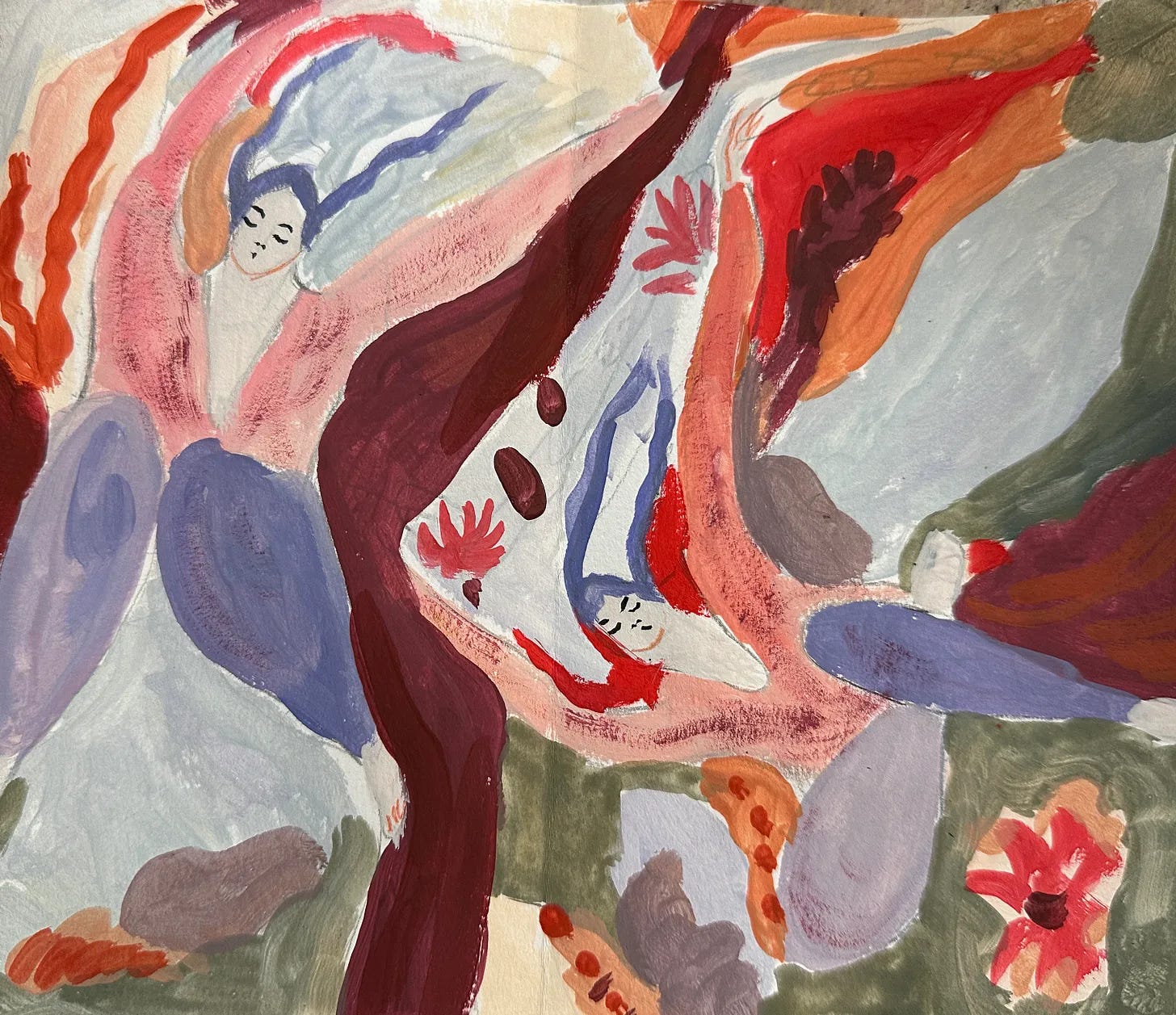

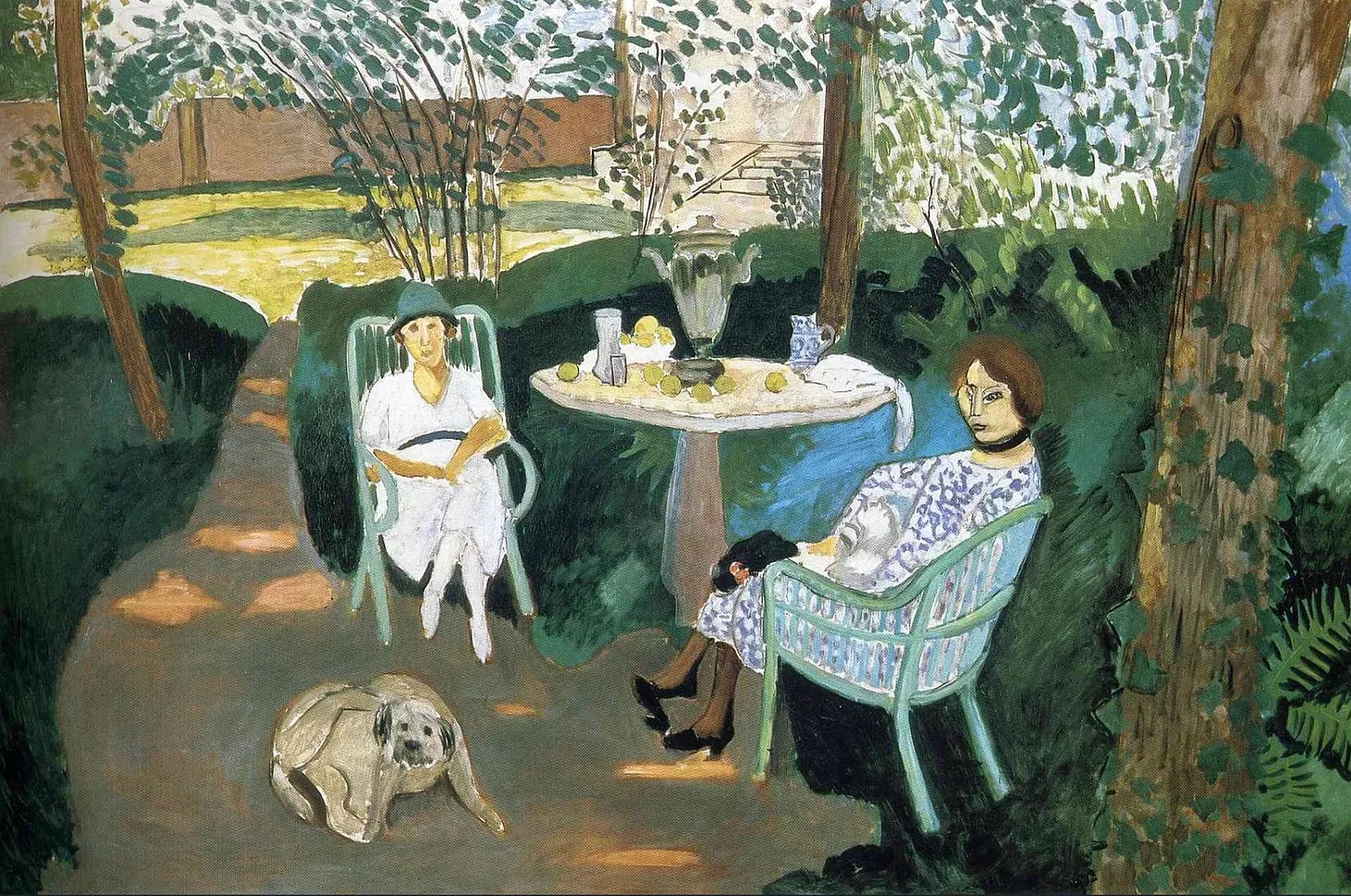

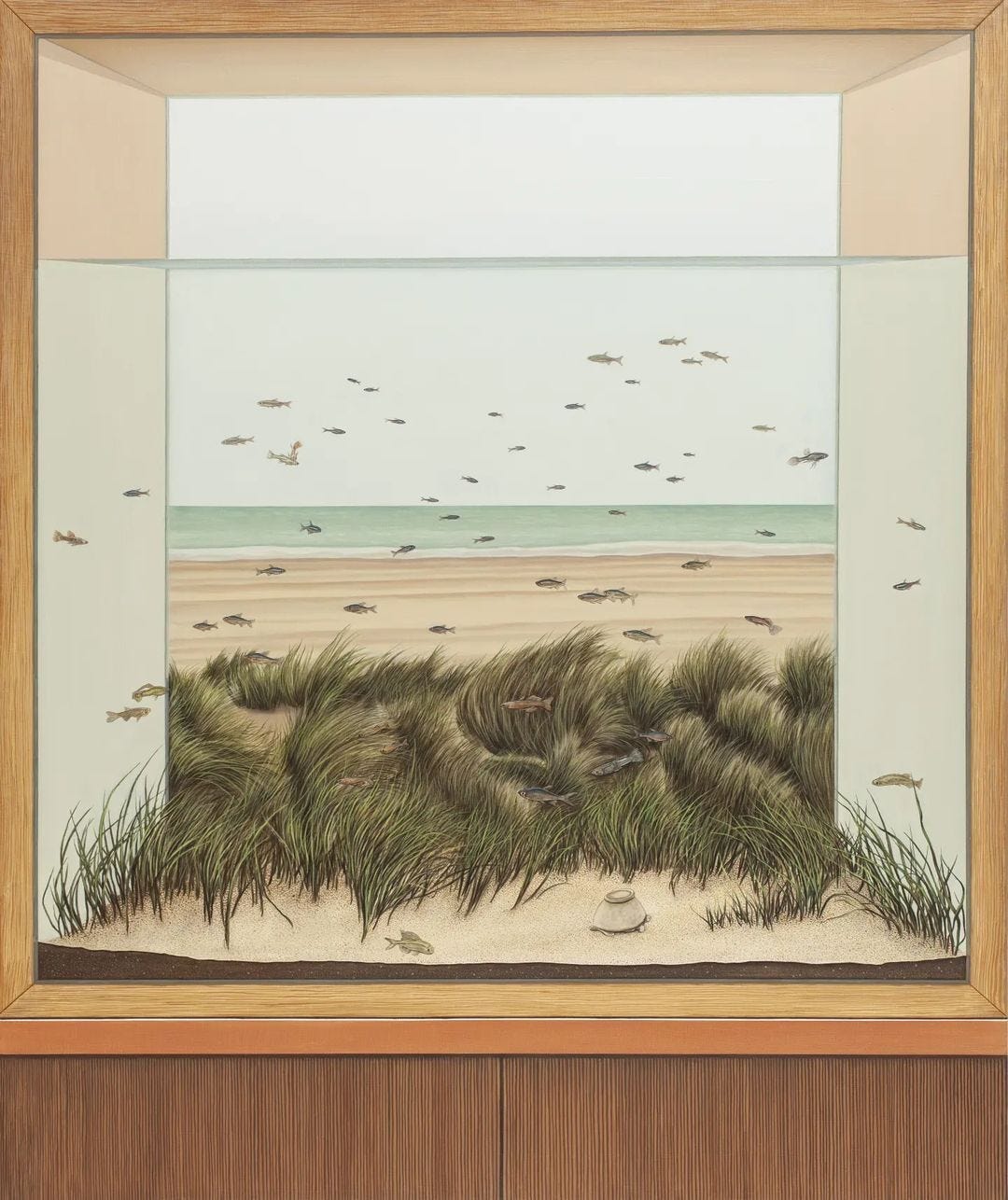

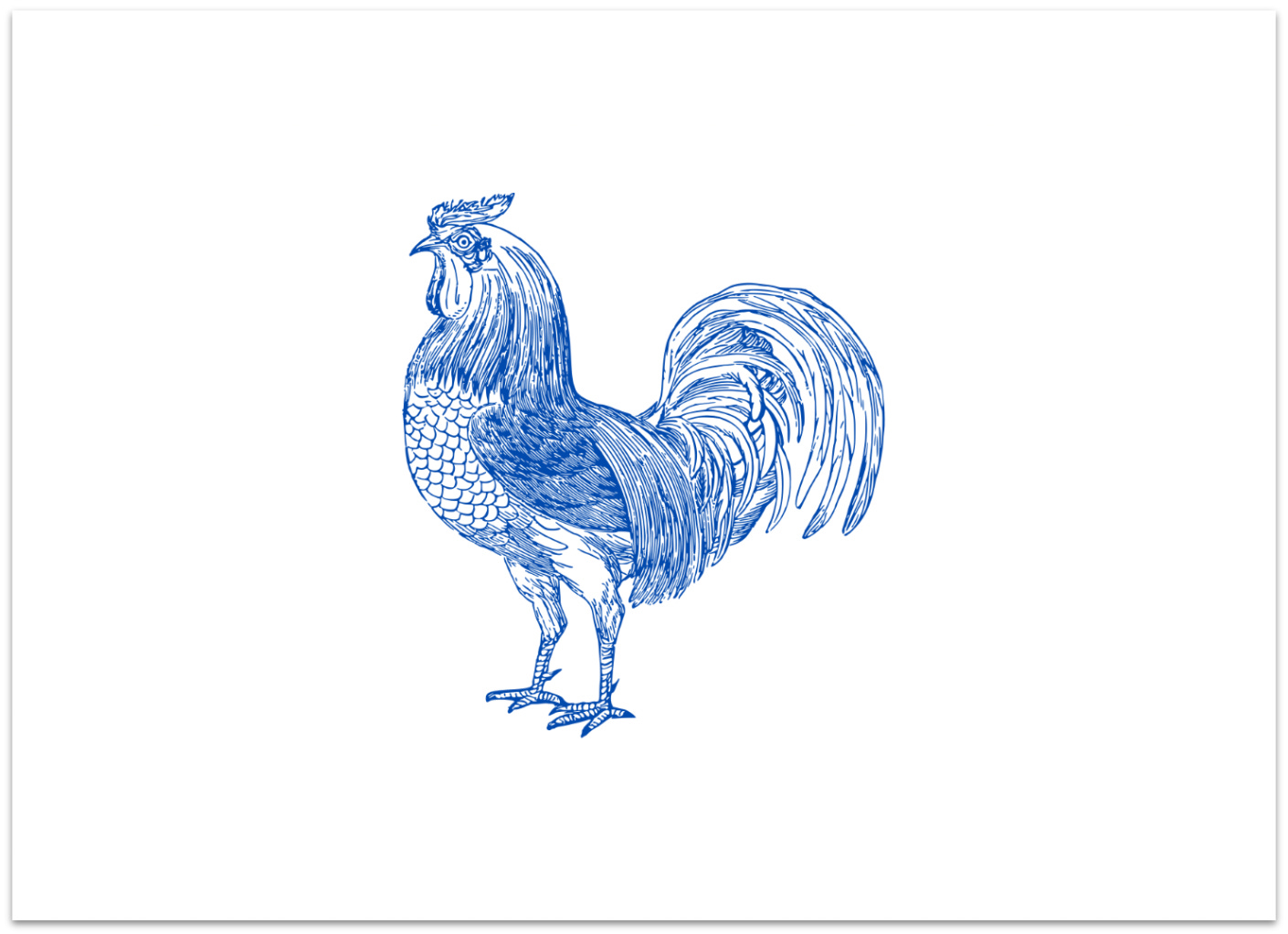

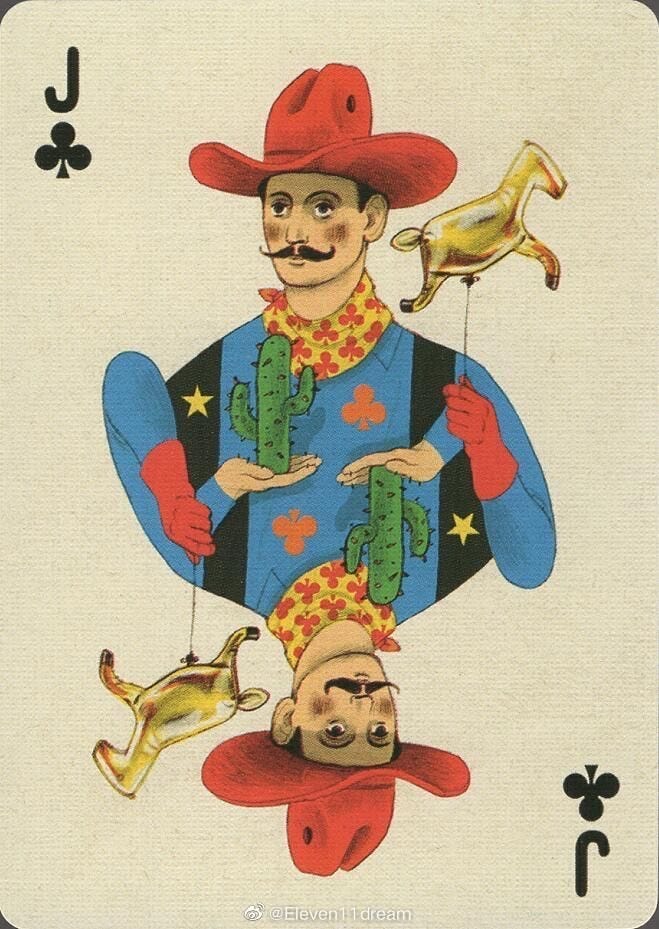






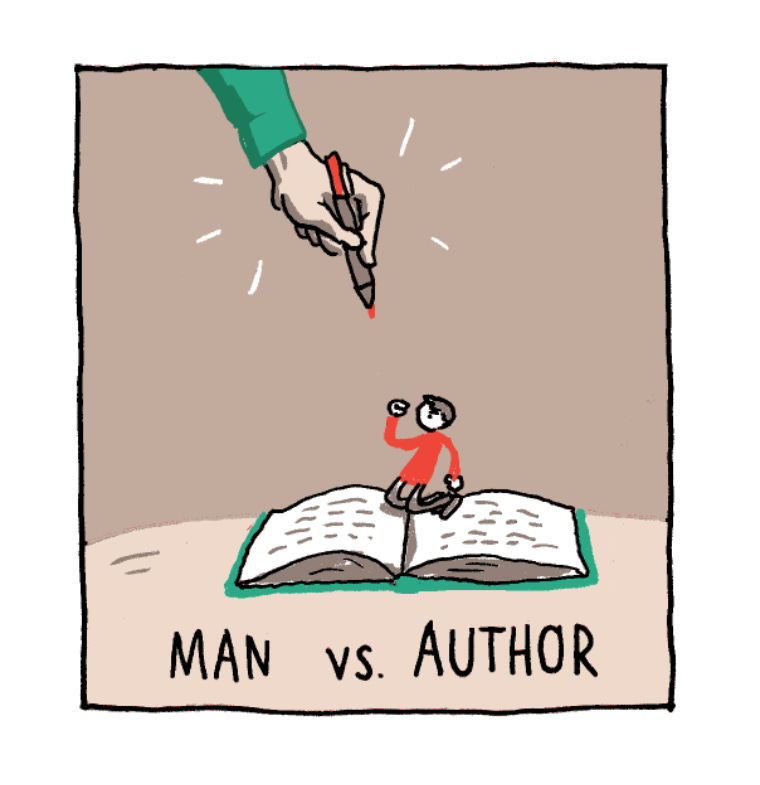



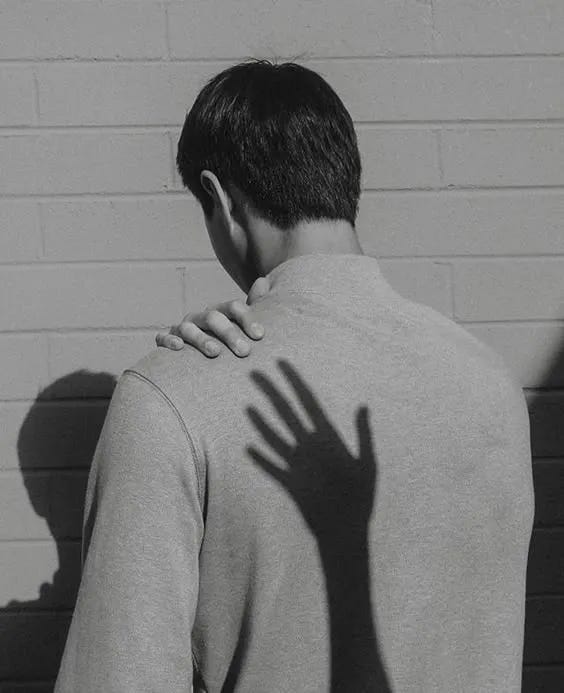

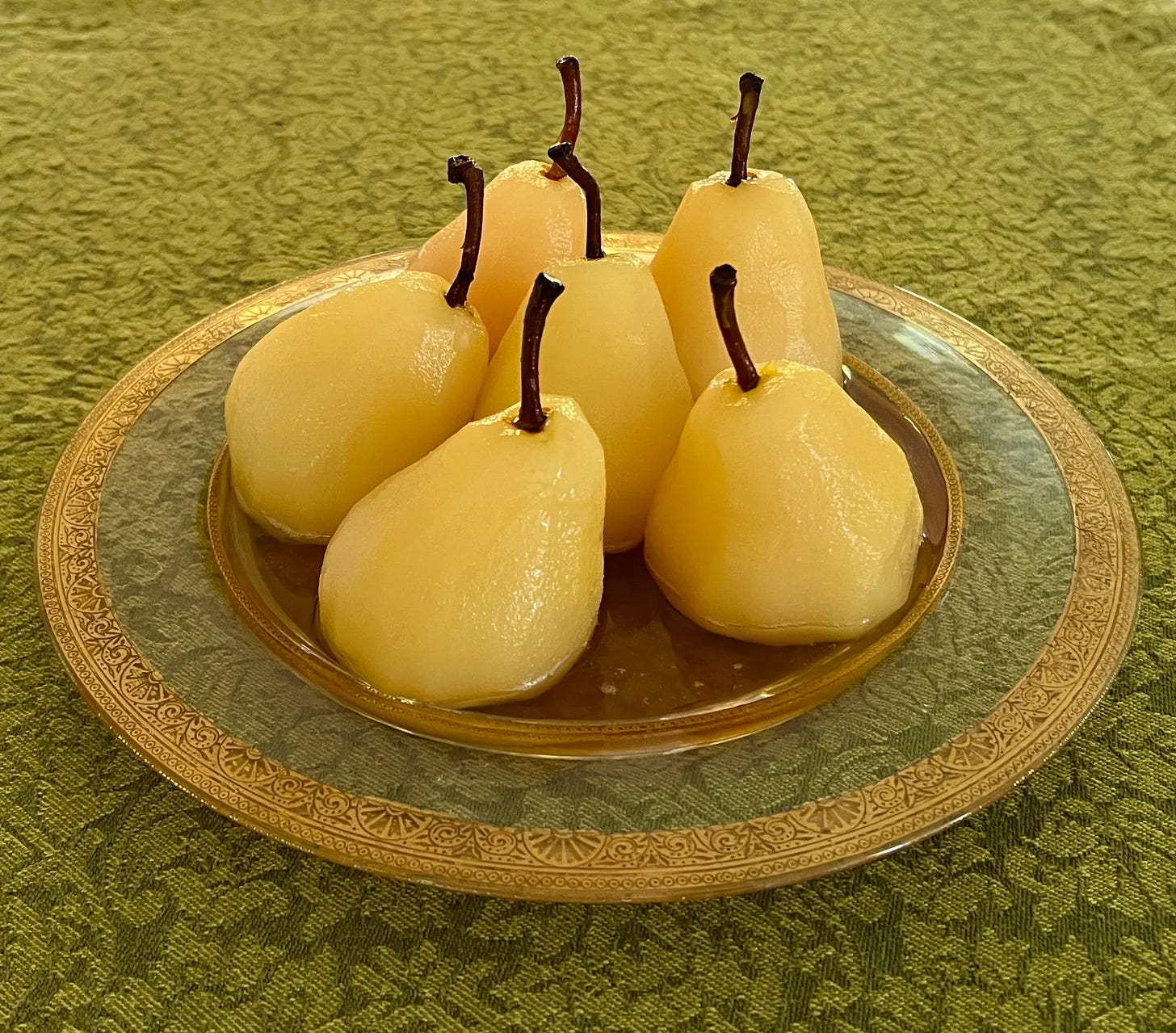

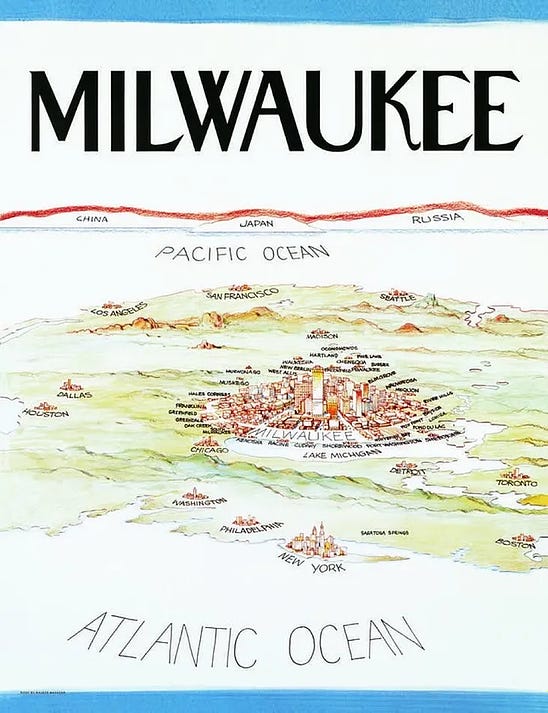



No comments:
Post a Comment